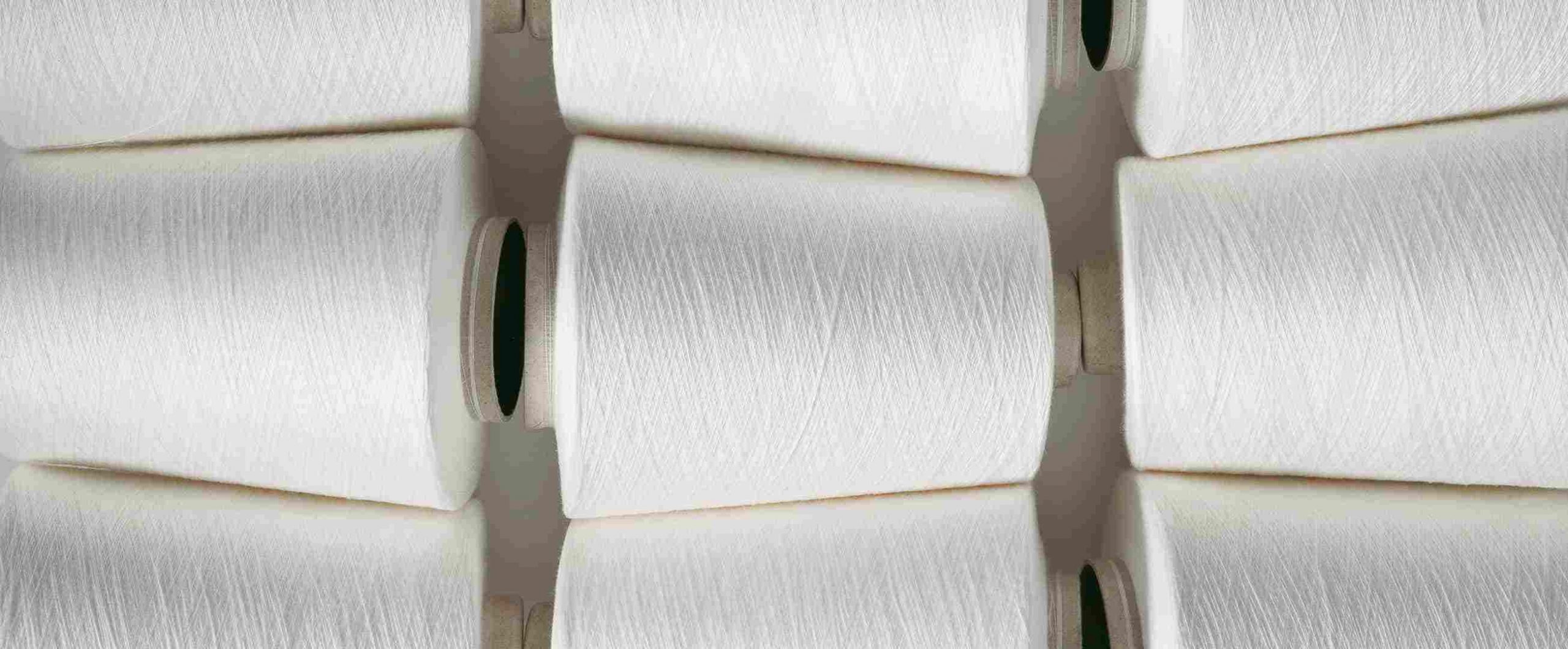Unveiling the Essence: Exploring the 6 Key Characteristics of Texture
Texture is a fundamental aspect of our sensory experience, influencing how we perceive and interact with the world around us. From the smoothness of silk to the roughness of sandpaper, texture adds depth and richness to our lives. In this article, we will delve into the six essential characteristics of texture, shedding light on its significance and exploring its diverse manifestations.
- Tactile Perception:
The first characteristic of texture lies in its tactile perception. Texture can be felt through touch, enabling us to distinguish between surfaces that vary in smoothness, roughness, hardness, or softness. This tactile feedback plays a crucial role in our ability to navigate and interact with objects in our environment. - Visual Appearance:
Texture also manifests visually, captivating our eyes and enhancing our visual experiences. Visual texture refers to the illusion of texture created through patterns, colors, and shapes. It adds depth and dimension to two-dimensional surfaces, creating a sense of realism and interest. - Surface Variation:
One of the defining features of texture is its surface variation. Texture can be uniform or irregular, with variations in patterns, bumps, or indentations. These surface irregularities contribute to the uniqueness and character of different materials, making them visually and tactilely distinct. - Material Composition:
Texture is closely tied to the material composition of an object. Different materials, such as wood, metal, fabric, or stone, possess their own inherent textures. The texture of a material is determined by its microscopic structure, which influences its visual and tactile properties. Understanding the relationship between material composition and texture is crucial for various industries, including fashion, interior design, and manufacturing. - Emotional Response:
Texture has the power to evoke emotional responses within us. The way we perceive and interact with textures can elicit feelings of comfort, pleasure, or even discomfort. For example, the softness of a plush blanket may evoke a sense of coziness, while the prickliness of a cactus may trigger caution. Understanding the emotional impact of texture is essential in fields such as product design, advertising, and sensory marketing. - Contextual Influence:
Lastly, texture is influenced by its context. The same texture can evoke different responses depending on its surroundings. For instance, a rough texture may be perceived as unpleasant on a delicate fabric but desirable on a rugged outdoor gear. Context plays a vital role in shaping our perception and interpretation of texture, highlighting its dynamic and subjective nature.
Conclusion:
Texture is a multifaceted phenomenon that enriches our sensory experiences and influences our interactions with the world. Its six key characteristics - tactile perception, visual appearance, surface variation, material composition, emotional response, and contextual influence - provide a comprehensive framework for understanding and harnessing the power of texture. By appreciating these characteristics, we can unlock new possibilities in design, aesthetics, and sensory exploration.

Post Comment